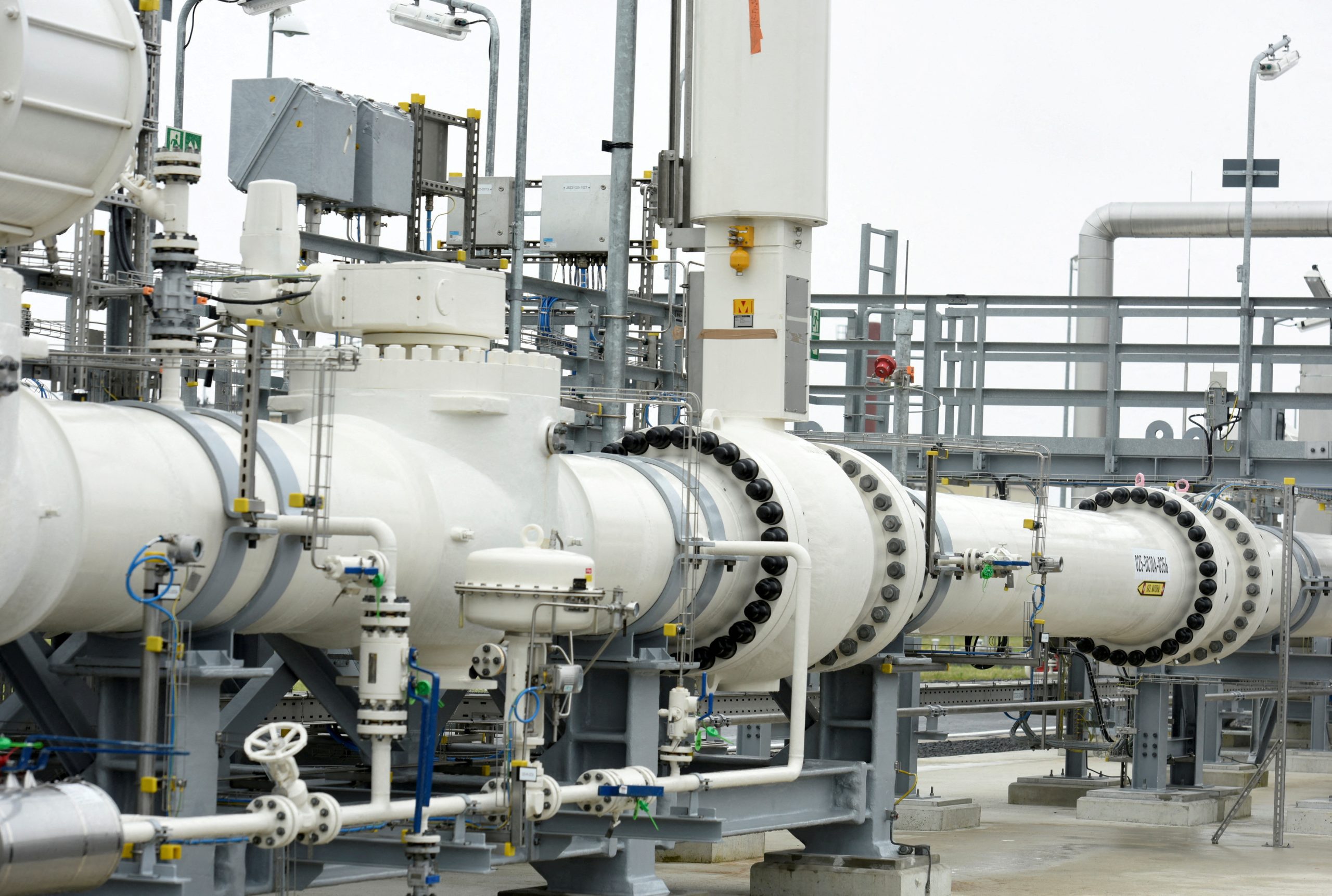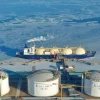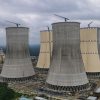In 2025, the direct use of natural gas in industrial applications remains a cornerstone of global energy consumption. Industries such as manufacturing, chemicals, and metallurgy continue to rely on natural gas for its efficiency, cost-effectiveness, and relatively lower emissions compared to other fossil fuels. This article explores the current trends, challenges, and innovations shaping the industrial natural gas sector.
1. Industrial Demand Dynamics
Industrial consumption of natural gas has shown resilience and growth in various regions. In North America, for instance, industrial gas demand increased marginally in 2024 compared to the previous year, benefiting from a lower price environment. However, it remained nearly 15% below 2019 levels, indicating room for recovery and growth. IEA
In the United States, natural gas demand from the industrial sector posted a gain of 0.7% year-over-year for the week ending January 22, 2025. American Gas Association This uptick reflects the sector’s gradual rebound and the ongoing importance of natural gas in industrial processes.
2. Technological Innovations
Advancements in technology are enhancing the efficiency and sustainability of natural gas use in industry.
- Methane Pyrolysis for Hydrogen Production: Methane pyrolysis is emerging as a method to produce hydrogen from natural gas without emitting CO₂. This process involves decomposing methane into hydrogen and solid carbon, offering a cleaner alternative for hydrogen production. Wikipedia
- Renewable Natural Gas (RNG): Industries are increasingly exploring RNG, produced from organic waste, as a sustainable alternative. RNG can be used in existing natural gas infrastructure, facilitating a smoother transition to greener energy sources.
3. Policy and Economic Factors
Government policies and economic considerations significantly influence industrial natural gas use.
- Energy Policies: In Australia, the federal government’s Future Gas Strategy aims to increase domestic supply and provide certainty for offshore exploration, recognizing gas’s role in energy security. The Australian
- Market Dynamics: In the U.S., the Energy Information Administration (EIA) projects that natural gas prices will average $3.80 per million British thermal units in 2025, about 20% higher than previously forecast. This increase is attributed to higher demand for space heating and LNG exports. EIA+1reuters.com+1
4. Sustainability and Emissions Reduction
Industries are under pressure to reduce emissions and adopt more sustainable practices.
- Renewable Energy Integration: Companies like BOC, an industrial gas company in Australia, are transitioning nearly half of their energy use to solar power through agreements with renewable energy providers. This move is expected to reduce BOC’s Australian emissions by 40% by 2035. The Guardian
- Carbon Capture and Storage (CCS): Industries are investing in CCS technologies to mitigate CO₂ emissions from natural gas use. These technologies capture CO₂ produced during industrial processes and store it underground, preventing it from entering the atmosphere.
5. Future Outlook
The direct use of natural gas in industry is poised to evolve with technological advancements and policy shifts. While natural gas remains a vital energy source for industrial applications, the emphasis on sustainability and emissions reduction will drive innovation and adaptation in the sector.






